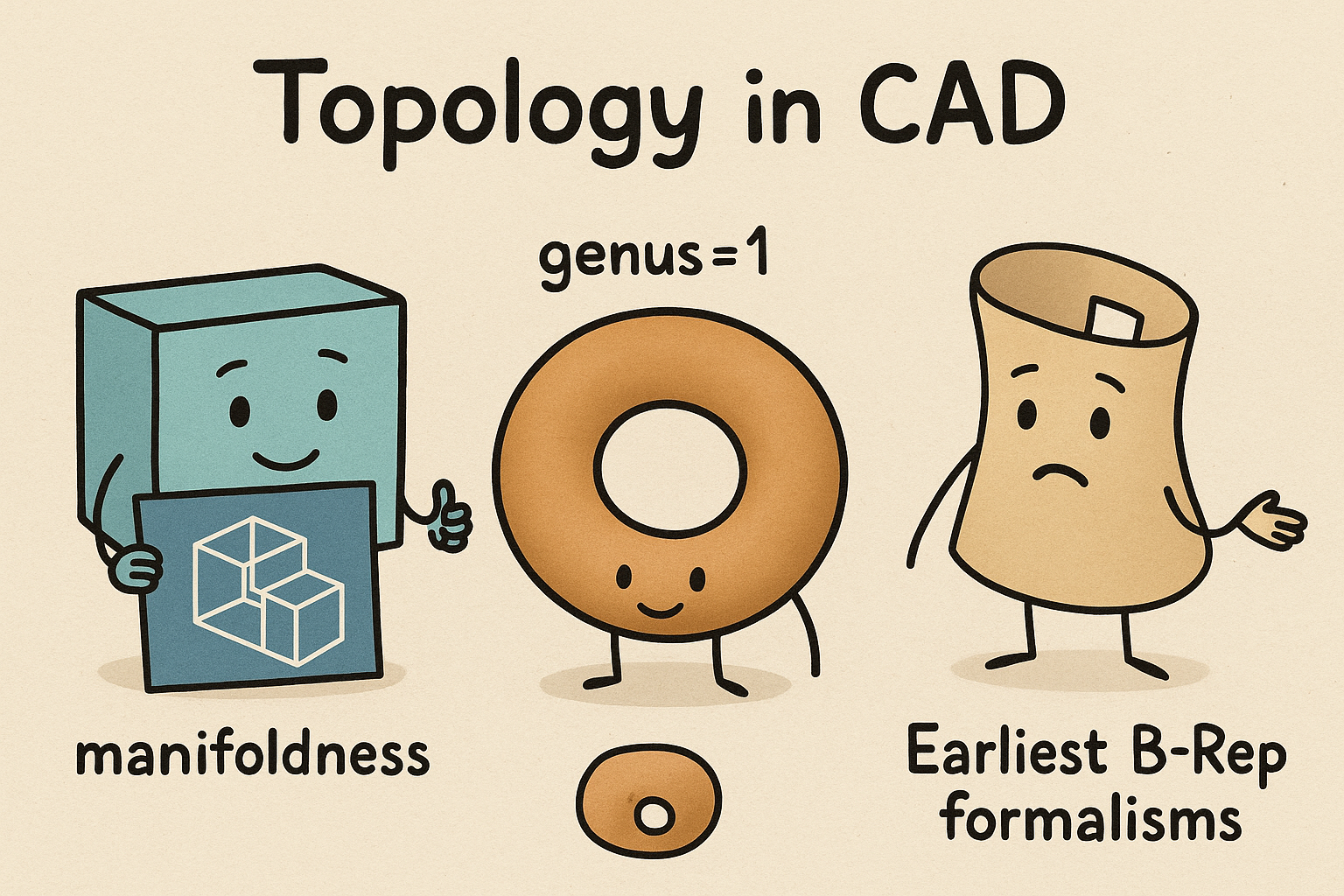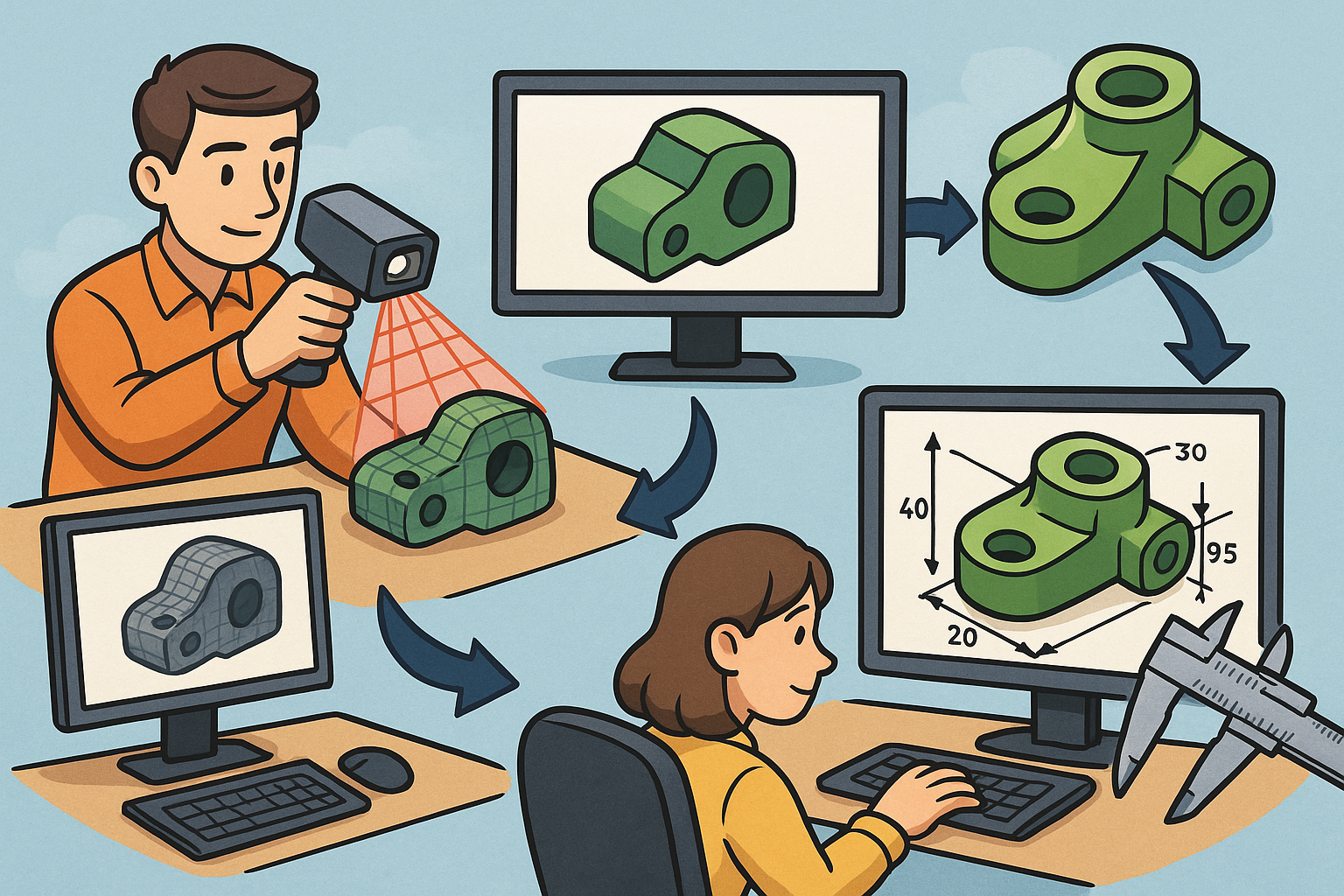Your Cart is Empty
Customer Testimonials
-
"Great customer service. The folks at Novedge were super helpful in navigating a somewhat complicated order including software upgrades and serial numbers in various stages of inactivity. They were friendly and helpful throughout the process.."
Ruben Ruckmark
"Quick & very helpful. We have been using Novedge for years and are very happy with their quick service when we need to make a purchase and excellent support resolving any issues."
Will Woodson
"Scott is the best. He reminds me about subscriptions dates, guides me in the correct direction for updates. He always responds promptly to me. He is literally the reason I continue to work with Novedge and will do so in the future."
Edward Mchugh
"Calvin Lok is “the man”. After my purchase of Sketchup 2021, he called me and provided step-by-step instructions to ease me through difficulties I was having with the setup of my new software."
Mike Borzage
Advancing Design with Multi-Physics Simulation: Core Capabilities, Advanced Features, and Future Trends
September 21, 2024 3 min read


Introduction to Multi-Physics Simulation
Multi-physics simulation refers to the modeling and analysis of systems where multiple physical phenomena interact. Unlike traditional single-physics models that focus on one aspect such as thermal or fluid dynamics, multi-physics simulations integrate several domains to provide a holistic understanding of the system. This capability is increasingly crucial in modern design processes where products and systems are becoming more complex, requiring a comprehensive approach to predict performance and identify potential issues.
Historically, engineering and scientific communities relied on single-physics tools due to computational and technical limitations. Over time, the evolution of computational power and sophisticated algorithms facilitated the transition to multi-physics simulation. Key milestones in this development include the introduction of finite element analysis (FEA) and computational fluid dynamics (CFD) tools, followed by their integration into unified multi-physics platforms capable of simulating interactions between various domains.
Core Capabilities of Multi-Physics Simulation Tools
One of the primary capabilities of multi-physics simulation tools is their ability to simulate multiple interacting physical phenomena. For instance, fluid-structure interaction (FSI) models the behavior of fluids and their impact on structures, which is essential in designing aerospace components like wings and turbines. Similarly, thermal-electrical-structural coupling is crucial in electronics, where heat generated by electrical components impacts structural integrity and performance.
Another significant capability is simulating electromagnetic and mechanical interactions. In electric vehicles, for example, the interaction between the electromagnetic fields of the motor and the mechanical components is vital for optimizing performance and efficiency.
Multi-physics simulation tools have broad cross-disciplinary applications. In the aerospace and automotive industries, they are used to design and optimize components for performance, safety, and durability. Biomedical engineering leverages these tools to simulate physiological processes, aiding in the development of medical devices and treatments. In civil engineering and architecture, multi-physics simulations help design resilient structures by assessing the impact of environmental factors such as wind, earthquakes, and thermal loads.
Advanced Features and Techniques
One advanced feature of multi-physics simulation tools is adaptive mesh refinement. This technique dynamically adjusts the mesh resolution in areas of interest, increasing accuracy without a proportional increase in computational cost. Real-world applications include simulating stress concentrations in materials or fluid flow around complex geometries.
Another cutting-edge technique is parallel computing and GPU acceleration, which significantly enhances computational efficiency. By distributing the computational load across multiple processors or utilizing powerful graphics processing units (GPUs), simulations can run faster and handle more complex scenarios. This capability is particularly beneficial in time-sensitive projects where rapid iteration is essential.
Multi-physics simulation tools are also designed to integrate seamlessly with other design tools, such as CAD and CAM software. This compatibility streamlines workflows, allowing for direct transfer of design data and ensuring consistency throughout the design process. Additionally, many tools offer API and plugin support, enabling custom workflows tailored to specific needs.
- Adaptive Mesh Refinement: Increases accuracy in critical areas without excessive computational cost.
- Parallel Computing and GPU Acceleration: Enhances computational efficiency and handles complex scenarios.
- Integration with CAD and CAM Software: Ensures seamless workflow and data consistency.
Future Trends and Challenges
The integration of AI and machine learning is set to revolutionize multi-physics simulation. Predictive modeling and optimization algorithms can quickly identify optimal solutions, while automated parameter tuning reduces the need for manual intervention, speeding up the design process.
Improving the usability and accessibility of multi-physics simulation tools is another trend to watch. Enhancements in user interfaces and the availability of educational resources and training programs make these tools more accessible to a broader audience, fostering innovation and reducing the learning curve.
As systems become more complex, managing the data and computational demands of multi-physics simulations poses a significant challenge. Ensuring accuracy and reliability in such complex models requires robust algorithms and high-performance computing resources. This necessitates ongoing developments in computational techniques and hardware capabilities.
- AI and Machine Learning Integration: Enhances predictive modeling and automated parameter tuning.
- Improving Usability and Accessibility: Focuses on user interface enhancements and educational resources.
- Handling Increasing Complexity: Manages data and computational demands, ensuring accuracy and reliability.
In conclusion, multi-physics simulation tools are indispensable in modern design processes, enabling the accurate prediction and optimization of complex systems. As technology advances, these tools will continue to evolve, integrating cutting-edge features and overcoming challenges to meet the demands of various industries.
Also in Design News

Design Software History: Topology in CAD: Manifoldness, Genus, and the Earliest B‑Rep Formalisms
January 02, 2026 14 min read
Read MoreSubscribe
Sign up to get the latest on sales, new releases and more …




